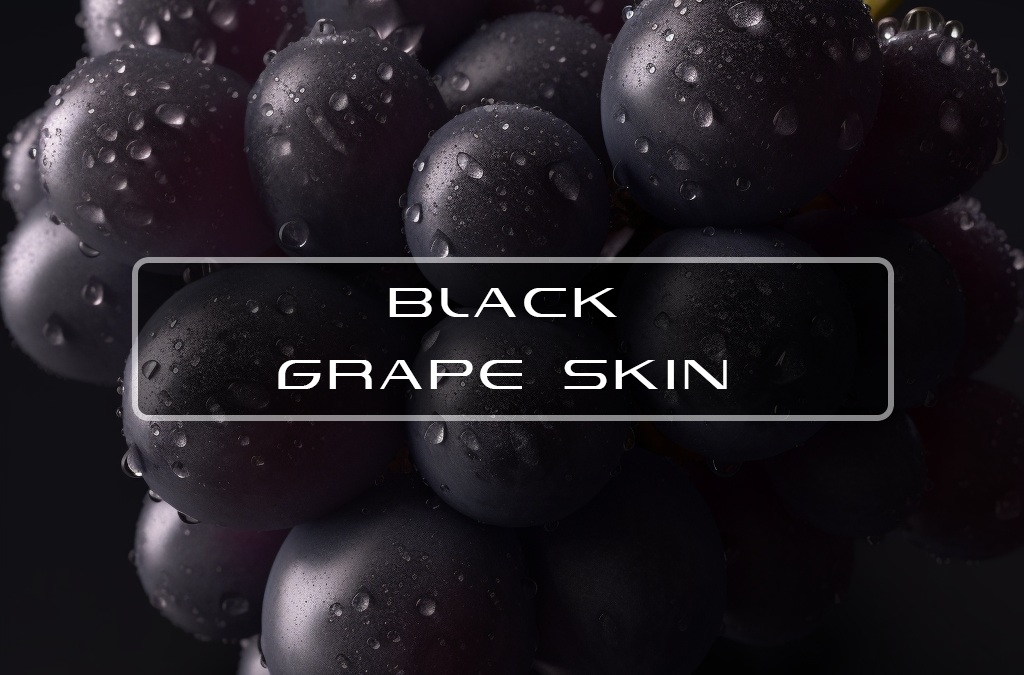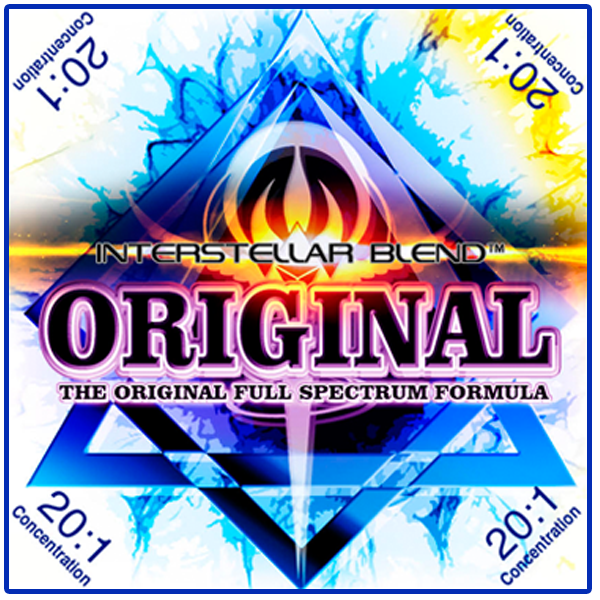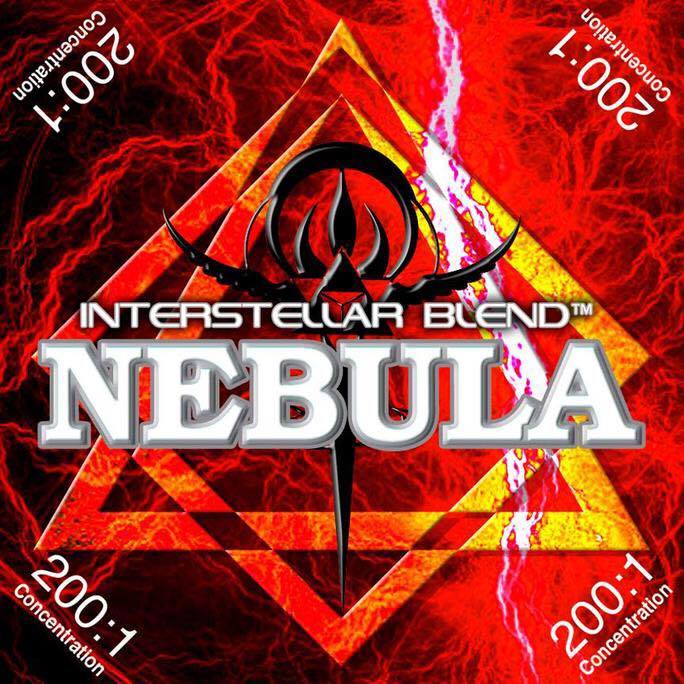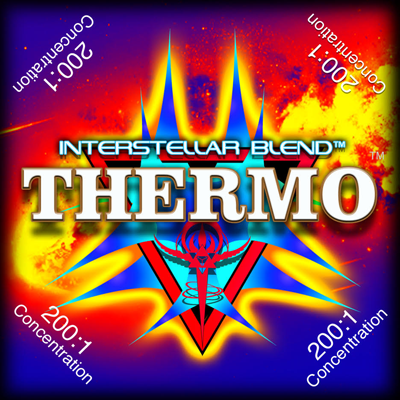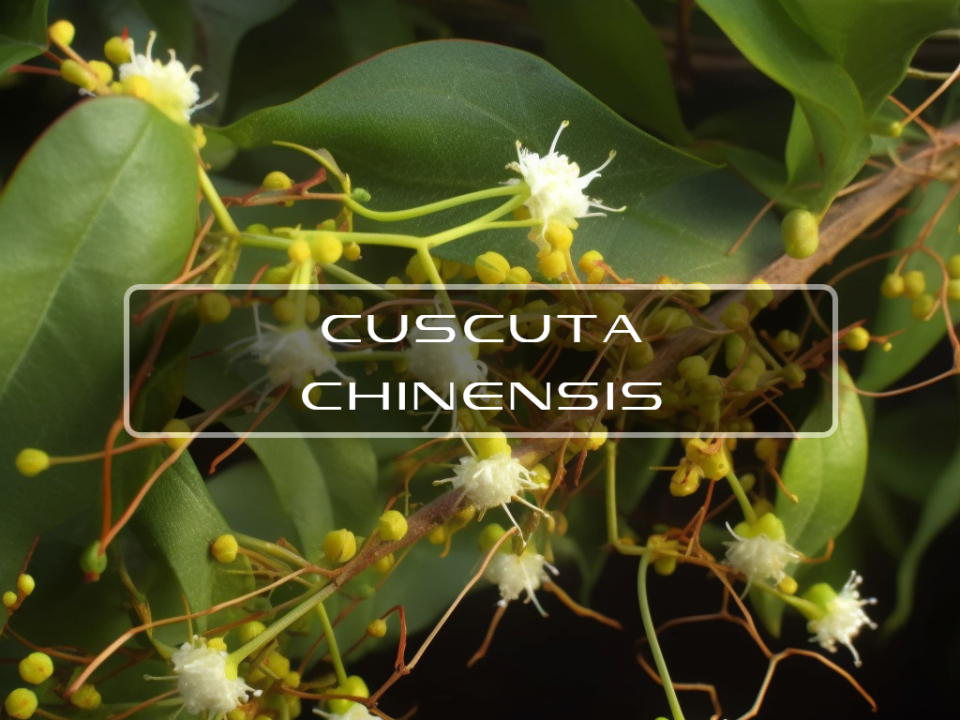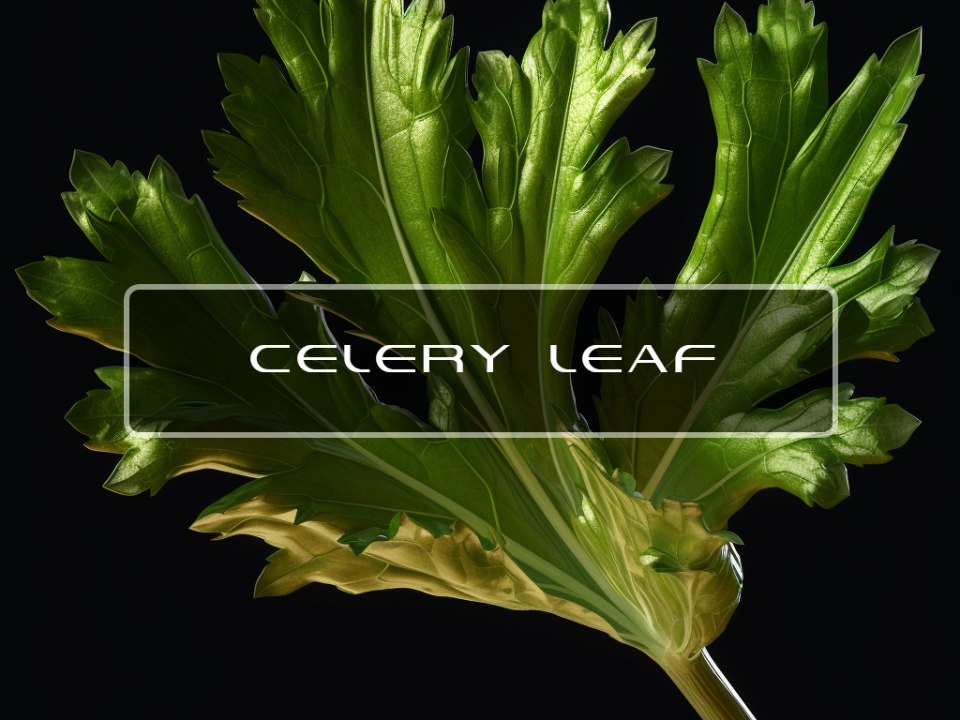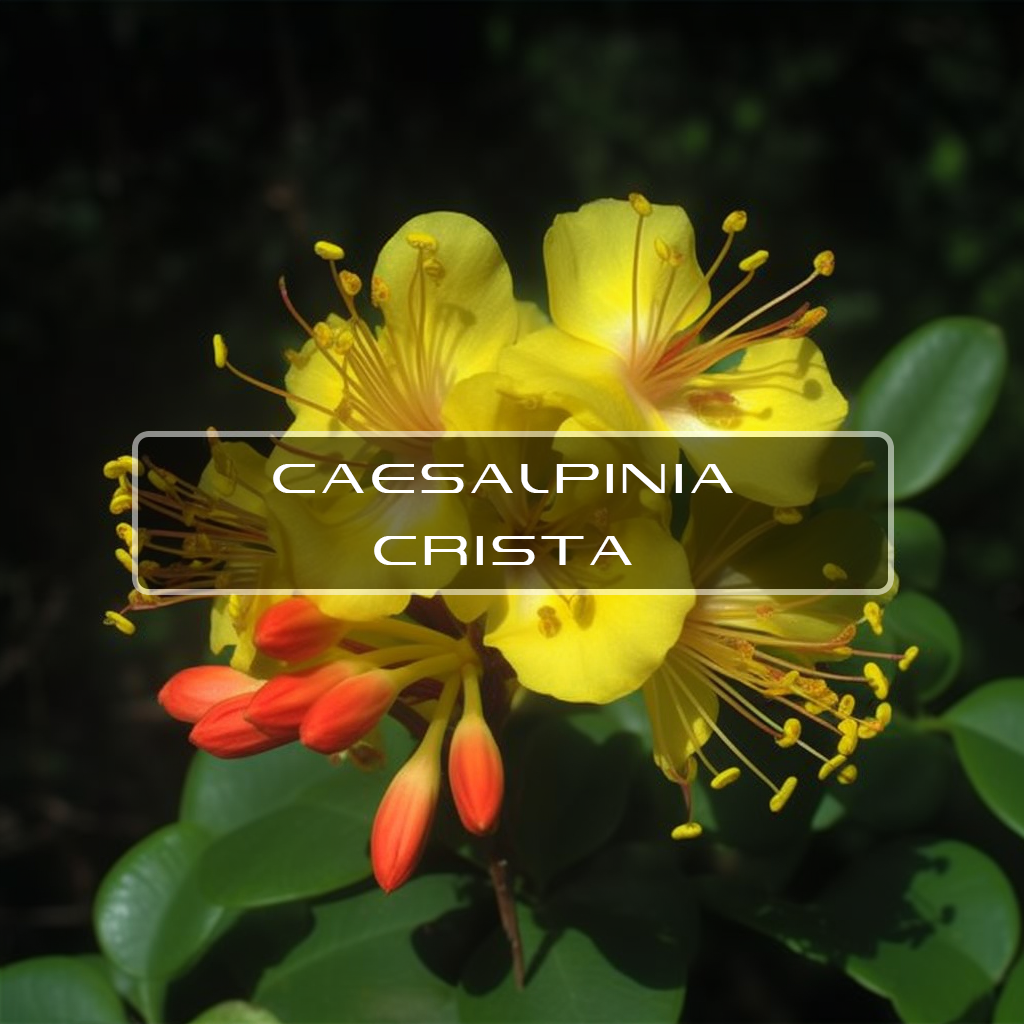
Caesalpinia Crista Linn Seed
February 28, 2019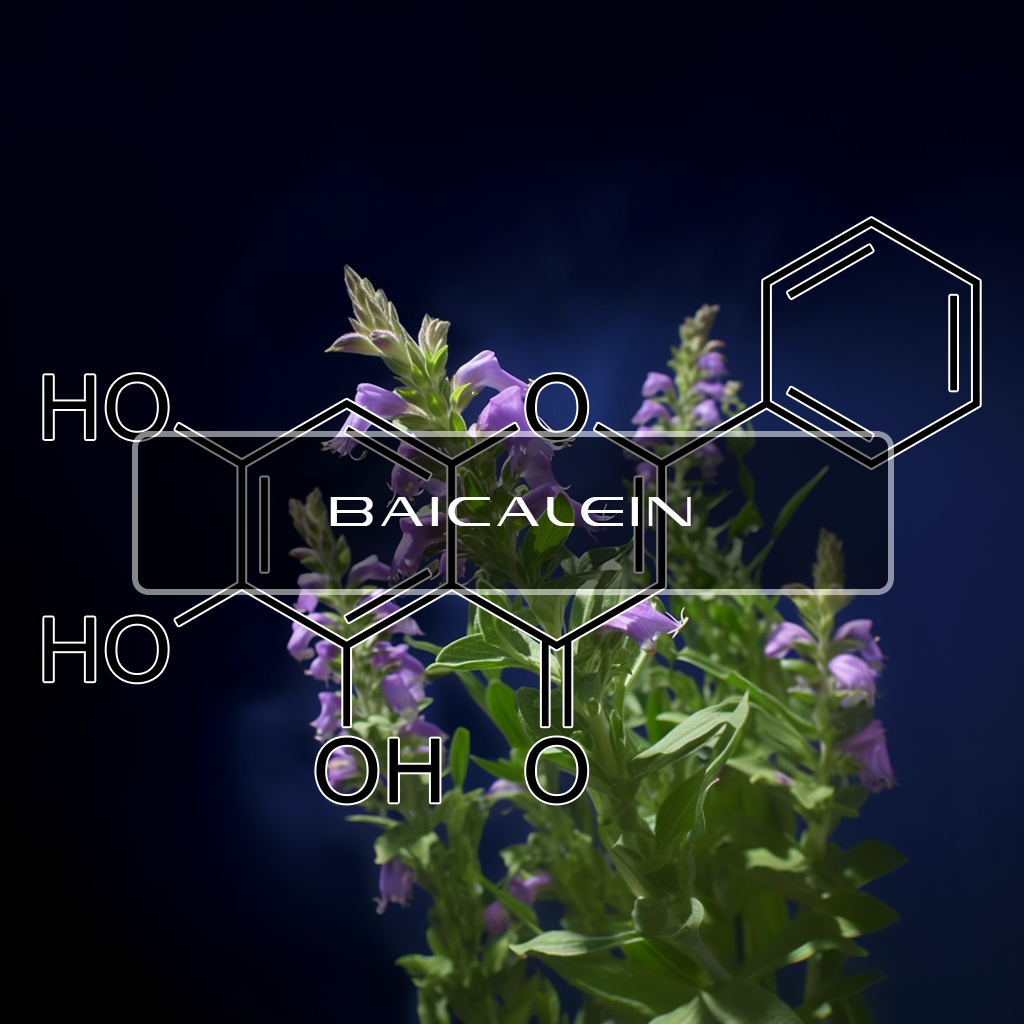
Baicalein
February 28, 2019Black Grape Skin
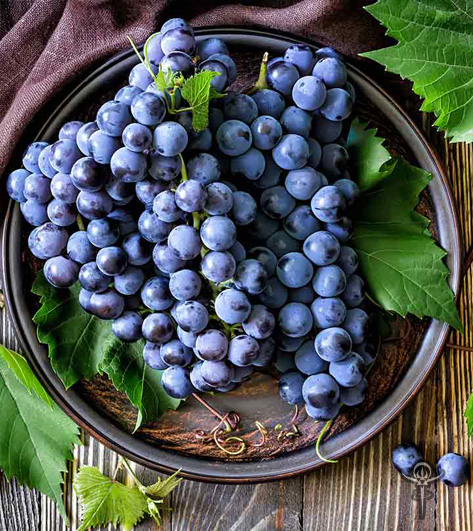
Grapes like to grow in temperate climates all around the world and it includes Africa, Australia, Southern Europe, North and South America. Grapes also come in two variety seeded or seedless and the seedless variety tend to be more utilized.
Black Grapes are considered a superfood and according to the American Heart Association it is an amazing addition to a diet to promote heart and overall balanced diet.
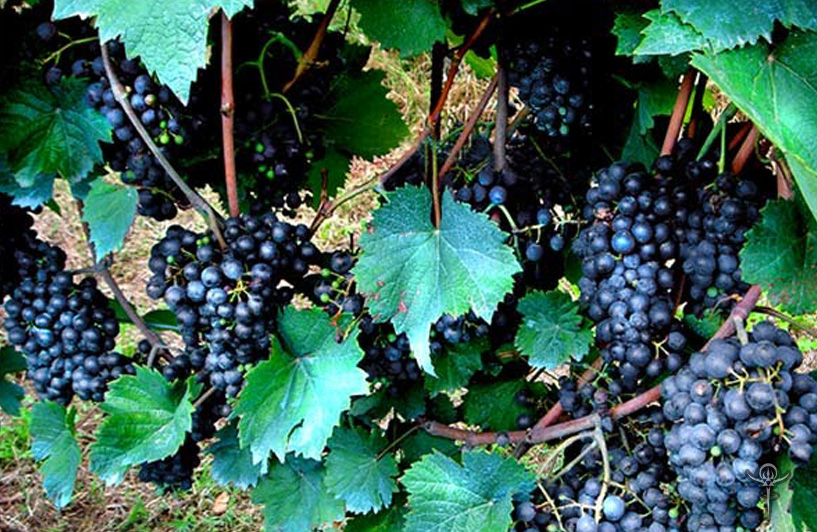
Benefits of Black Grape Skin
Results suggest that black grape strengthens plasma AOP as does red wine. This result also support the hypothesis that the protective effect of red wine against cellular peroxidation reactions and atherogenesis mainly arises from its flavonoid constituents rather than alcoholic content.
It means that people may gain enhanced antioxidant defense against atherosclerosis by consuming black grape as well instead of drinking red wine if they really drinks for this aim.
Oxidative Stress - the objective of our research was to study parameters of the prooxidative-antioxidative balance in athletes supplied with Panace-Vid preparation consisting of black wine grape extract (Vitis vinifera).
An analysis of the results revealed that the supply of grape extract, in the form of Panace-Vid preparation, contributed to a significant increase in plasma antioxidative capacity and to an insignificant increase in superoxide dismutase, as well as a lower activity of glutathione peroxidase and reduced concentration of lipid peroxidation product levels.
Aim of this next study was to evaluate the potential protective effects of ad libitum black grape (Vitis labrusca) juice against liver oxidative damage in whole-body acute X-irradiated rats.
Ad libitum black grape juice intake is able to restore the liver primary antioxidant system against adverse effects due to whole-body acute X-irradiation in rats after 15 days post-irradiation. The results support using antioxidant supplements as a preventive tool against radiation-induced harm.
Heart Health - The aim of this study was to evaluate the potential positive effect of black grape juice (BGJ) on lipid peroxidation considering Total Body Irradiation (TBI) in Wistar rats. High concentration of metabolites from lipid peroxidation in heart, and high LDH level on serum were found only in gamma-irradiated group given placebo, mainly at the first 24 h after radiation.
Results suggest that BGJ is a good protective candidate compound against heart damage from ARS and its effects suggest its use as a radiomodifier.
Results suggest that ADA and 5′NT activities increase but XO activity decreases in cancerous human colon tissues, which may provide advantage to the cancerous tissues in obtaining new nucleotides for rapid DNA synthesis through accelerated salvage pathway activity.
Black grape extract makes significant inhibition on the ADA and 5′NT activities of cancerous and non cancerous colon tissues, thereby eliminating this advantage of cancer cells, which might be the basis for the beneficial effect of black grape in some kinds of human cancers.
Alzheimer's Prevention - The present study was designed to evaluate the possible protective effect of combined micronutrients present in black grape skin on toxicity induced by 25–35 β-amyloid peptid or by serum of Alzheimer's disease patients, in human umbilical vein endothelial cells (HUVECs).
The results demonstrate that black grape skin extract reduces the ROS production, protects the cellular membrane from oxidative damage, and consequently prevents DNA fragmentation.
The experimental results suggest that this natural compound may be used to ameliorate the progression of pathology in AD disease therapy
Vision Health - In this study, adult RPE cells being treated with different concentrations of resveratrol were used to evaluate the protective effect of resveratrol on RPE cells against UVA-induced damage. Through flow cytometry analysis, we found that the generation of intracellular H2O2 induced by UVA irradiation in RPE cells could be suppressed by resveratrol in a concentration-dependent manner.
This study demonstrated the protective effects of resveratrol on RPE cells against UVA-induced damages through suppressing UVA-induced H2O2 production, MAPK activation, and COX-2 expression; these inhibitory activities may have contributed to the increase in cell viabilities after UVA exposure. The observations suggest that resveratrol may act as a suppressing agent for the prevention of ROS or UVA-induced ocular disorders.
Lastly, this study may also provide a foundation for future studies in relevant animal models or other systems to evaluate the possible protective effect of resveratrol against AMD, and it is worth to repeat this model with different RPE cell line.
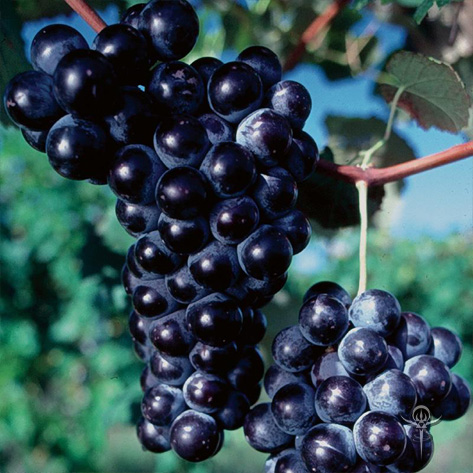
Related Products

